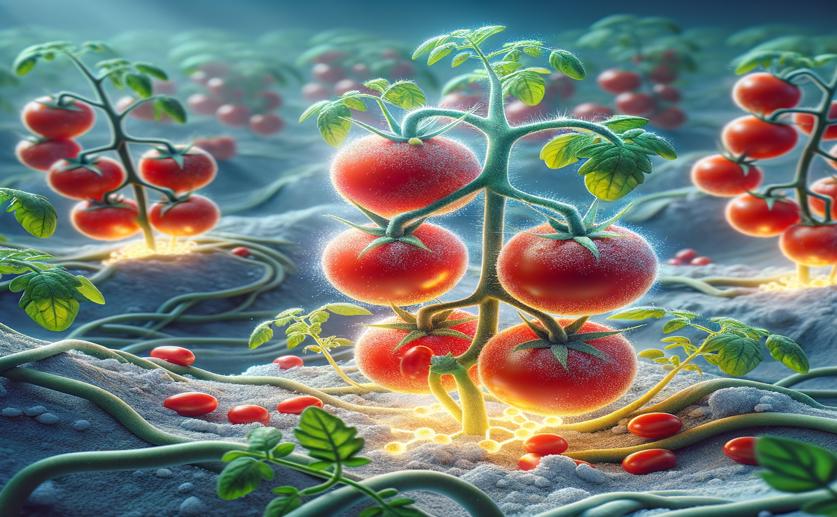
How Melatonin and Plant Hormones Help Cherry Tomatoes Fight Cadmium Damage
Greg Howard
28th July, 2024

Image Source: Natural Science News, 2024
Key Findings
- Researchers at Foshan University found that combining melatonin and brassinosteroids reduces cadmium stress in cherry tomato plants
- This combination decreases cadmium accumulation in the shoots and boosts antioxidant activities
- It also improves potassium balance and content in both roots and shoots, enhancing overall plant health
AgricultureBiochemPlant Science
References
Main Study
1) Revealing mechanistic basis of ameliorating detrimental effects of cadmium in cherry tomatoes by exogenous application of melatonin and brassinosteroids.
Published 26th July, 2024
https://doi.org/10.1016/j.ecoenv.2024.116768
Related Studies
2) Going beyond nutrition: regulation of potassium homoeostasis as a common denominator of plant adaptive responses to environment.
3) The physiological and molecular mechanism of brassinosteroid in response to stress: a review.
4) ROS homeostasis in halophytes in the context of salinity stress tolerance.



 26th July, 2024 | Jenn Hoskins
26th July, 2024 | Jenn Hoskins